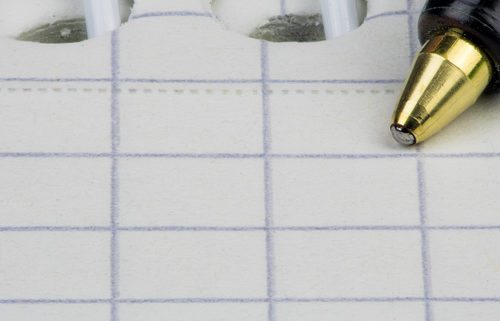Top 7 Symptoms of Varicose Veins
Top 7 Symptoms of Varicose Veins
Veins that have become enlarged and bulge out from the skin are called varicose veins. More prevalent in women than men, they’re typically blue or dark purple and can cause discomfort, including aches and throbbing. When vein walls become weak, veins can enlarge as blood collects inside the vein. The increased pressure in the leg veins leads to varicose veins. Varicose veins have several causes, which include:
- Heredity
- Being overweight
- Hormonal changes
- Tight clothing
- Age
- Injuries
- Excessive standing
While they don’t always have serious implications, varicose veins may be an indicator of more serious health problems, including, internal bleeding, sores or skin ulcers, superficial thrombophlebitis (a blood clot just below the skin), or deep vein thrombosis (a blood clot in a deeper vein).
To assess whether you may be suffering from varicose veins and need to see a physician, look for these top 7 symptoms:
- Sores or rash on the leg or ankle – If you’ve noticed a sudden increase of sores or a persistent rash on your legs or down by your ankles, it may be due to varicose veins. Have you recently been sitting or standing for prolonged amounts of time? Doing so can increase the potential for sores and rash to appear.
- Swollen legs – You may not necessarily see an increase in varicose veins, but if you’ve noticed your legs are more swollen than usual, it could be an indicator they’re not far off.
- Itchiness – If you’ve noticed your legs are itchier than before, it may be a sign of varicose veins.
- Tender veins that are especially painful or warm to the touch – You may not see the veins yet, but if areas of your legs are sensitive or feel hotter than other areas, it could be another indicator.
- Muscle Cramps and Aching – Again, this may be a case where you don’t necessarily see the evidence of varicose veins. But if you experience persistent aching or cramping in portions of your legs, you may be in the early stages of varicose veins becoming exposed.
- Bleeding – Unexpected bleeding in these sensitive areas may suggest varicose veins.
- Skin discoloration or change in consistency – Another indicator of varicose veins is when the skin around your legs or ankles becomes brown or hardens.
Ways to prevent varicose veins include:
- Avoid crossing your legs while seated
- Don’t sit or stand for excessive lengths of time
- Stop wearing constrictive clothes that bind around the legs and waist
- Lose weight
- Exercise often to increase the amount of circulation in your legs
- Elevate your legs a few times each day



